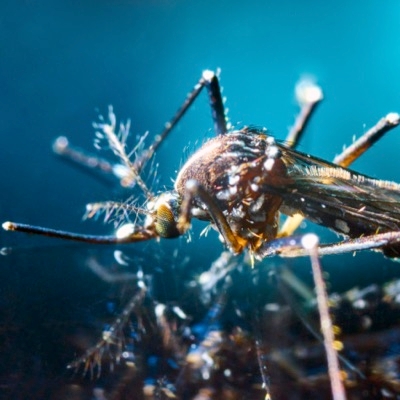Heartworm Disease:
Summary:
Heartworm disease due to Dirofilaria immitis continues to cause severe lung disease, heart failure, other organ damage, and death in pets, mainly dogs, cats, and ferrets in many parts of the world, even though safe, highly effective and convenient preventatives have been available for the past two decades.


Heartworm disease due to Dirofilaria immitis continues to cause severe lung disease, heart failure, other organ damage, and death in pets, mainly dogs, cats, and ferrets in many parts of the world, even though safe, highly effective and convenient preventatives have been available for the past two decades.
The parasitic worm called Dirofilaria immitis are spread through the bite of a mosquito. The dog is the definitive host, meaning that the worms mature into adults, mate, and produce offspring while living inside a dog. The mosquito is the intermediate host, meaning that the worms live inside a mosquito for a short transition period in order to become infective (able to cause heartworm disease). The worms are called "heartworms" because the adults live in the heart, lungs, and associated blood vessels of an infected animal.
In the United States, heartworm disease is most common along the Atlantic and Gulf coasts from the Gulf of Mexico to New Jersey and along the Mississippi River and its major tributaries, but it has been reported in dogs in all 50 states.
Can People Get Heartworms from Their Pets?
People cannot get heartworms from their pets. Heartworms are only transmitted by the bite of an infected mosquito. In rare cases, people can get heartworms after being bitten by an infected mosquito. But because people are not a natural host for heartworms, the larvae usually migrate to the arteries of the heart and lungs and die before they become adult worms.


